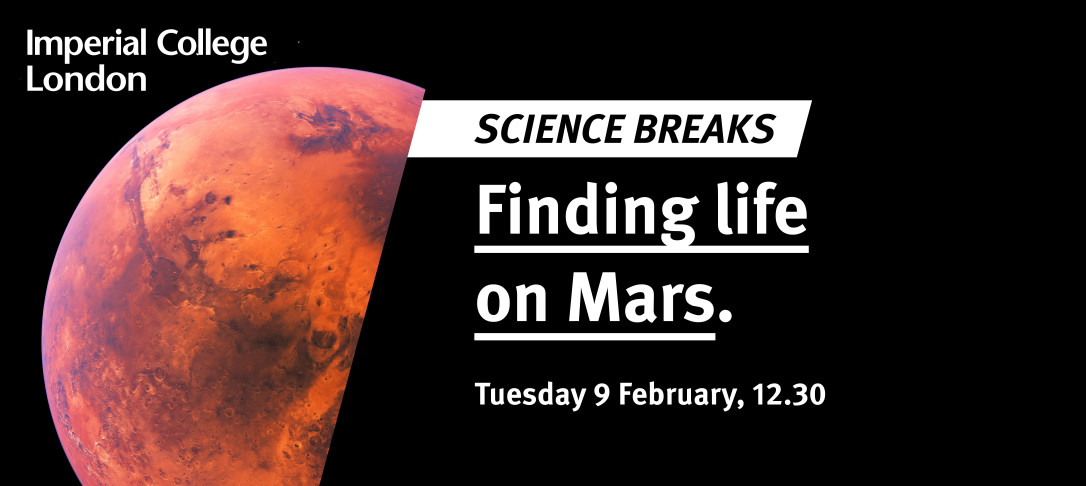
On February 18, NASA’s Perseverance rover will descend at nearly 1000 miles per hour through the Martian atmosphere before retro rockets kick in to reduce its speed. At around 20 metres from the surface the rover itself will be lowered by a sky crane to its target destination.
The mission represents the most complex, capable rover ever sent to Mars. It is also the first step in a multi-stage campaign to return surface samples back to Earth in order to seek signs of ancient life on the red planet. To begin answering such a fundamental question Perseverance’s instruments will begin by interpreting the geology of the landing site. Jezero is a 45-kilometre-wide crater that is thought to have hosted a long lived potential habitable lake providing significant opportunities for the fingerprints of life to be preserved in the sedimentary strata that remains.
Professor Sanjeev Gupta and Professor Mark Sephton are part of the mission planning team guiding the rover’s journey across the surface to find geologically interesting rocks. In their Science Breaks talk they will discuss the aims and approaches taken by the mission and the possible scientific discoveries it might make. Join them to find out what evidence for ancient life on Mars might look like and why humanity’s first attempt at returning collected samples from Mars will provide unprecedented insights for generations to come.
Image credit: NASA/JPL-Caltech
Science Breaks
Science Breaks is a virtual event series showcasing the impact and relevance of Imperial’s research and work taking place at the College.


